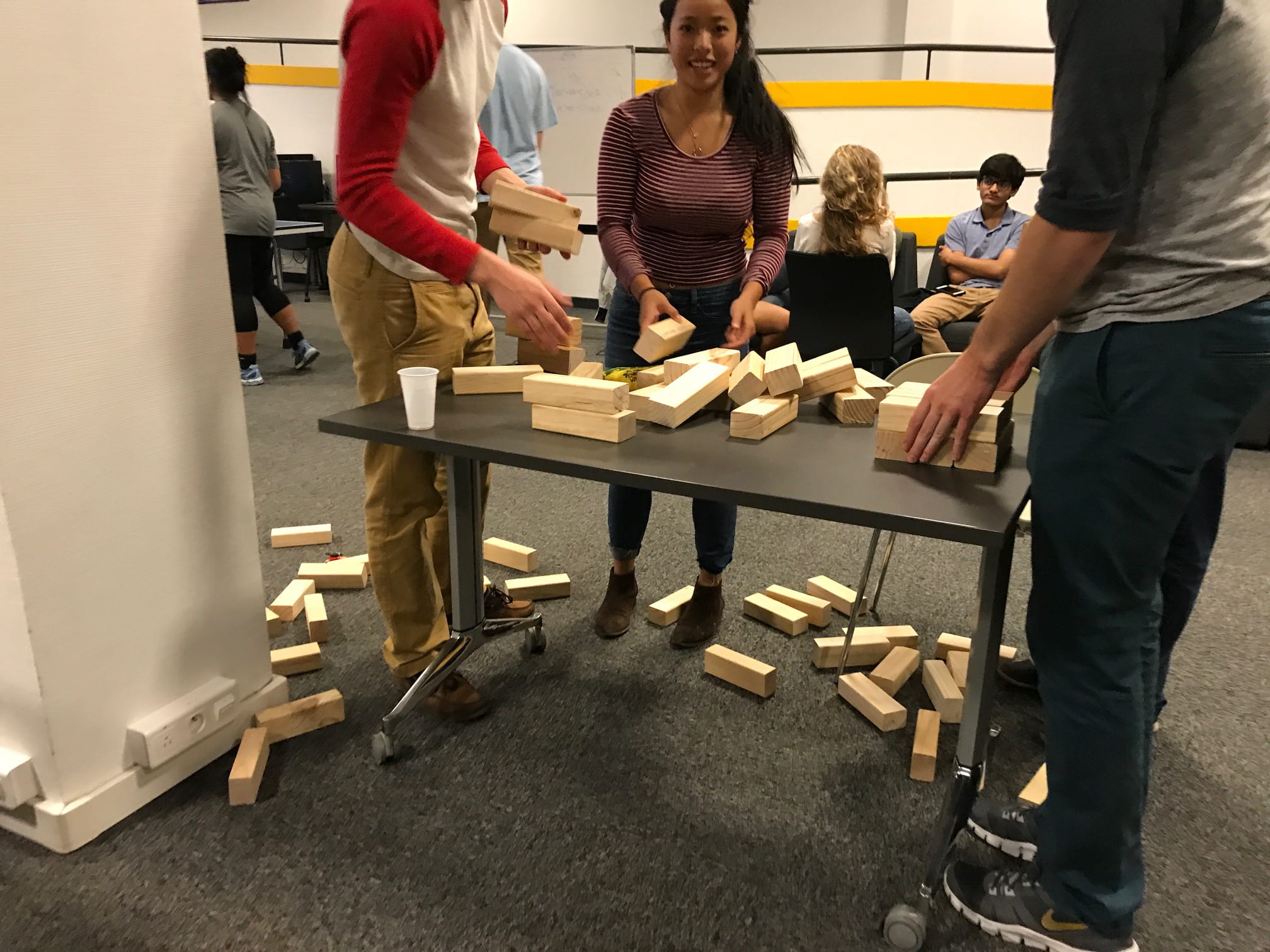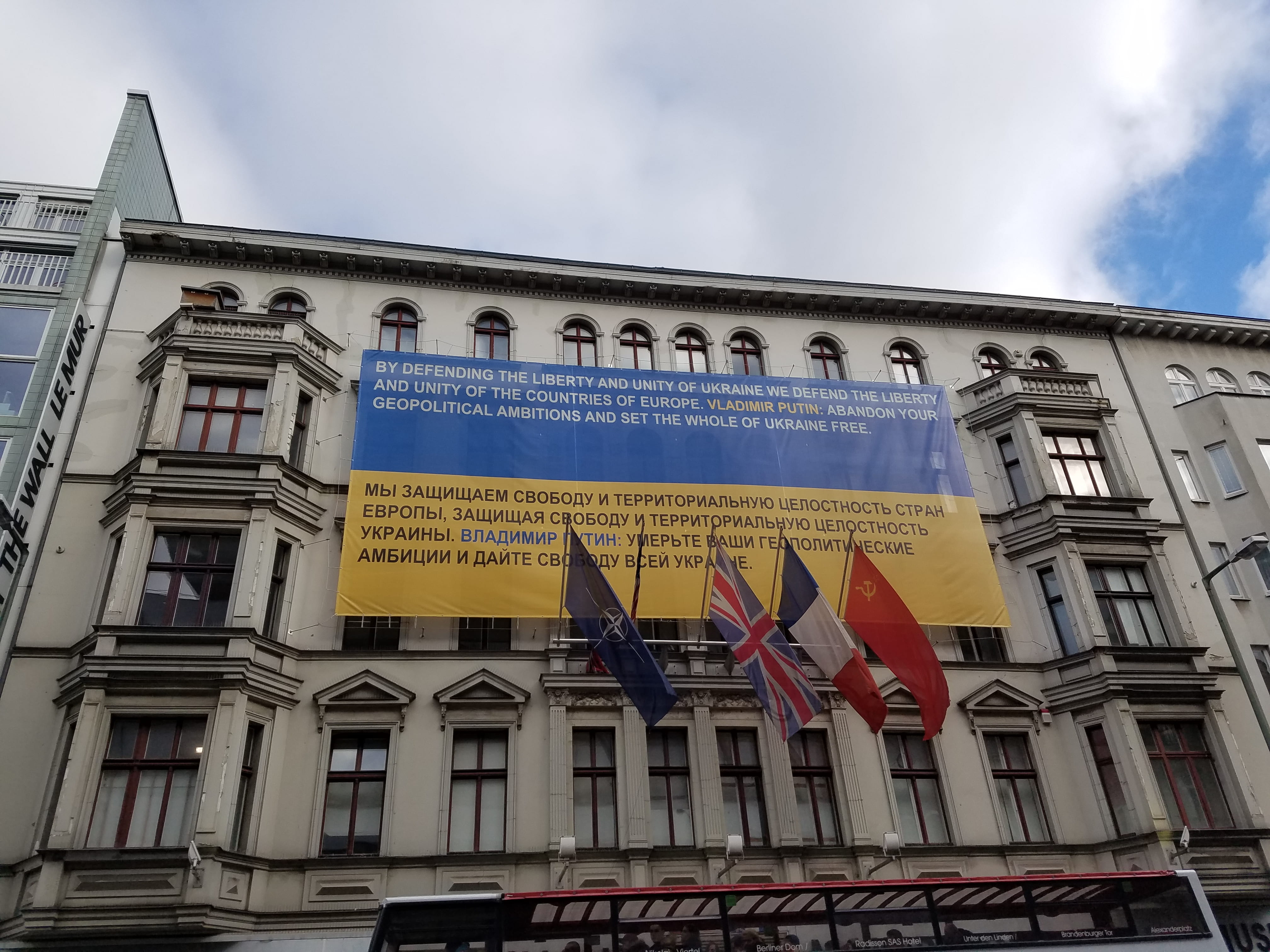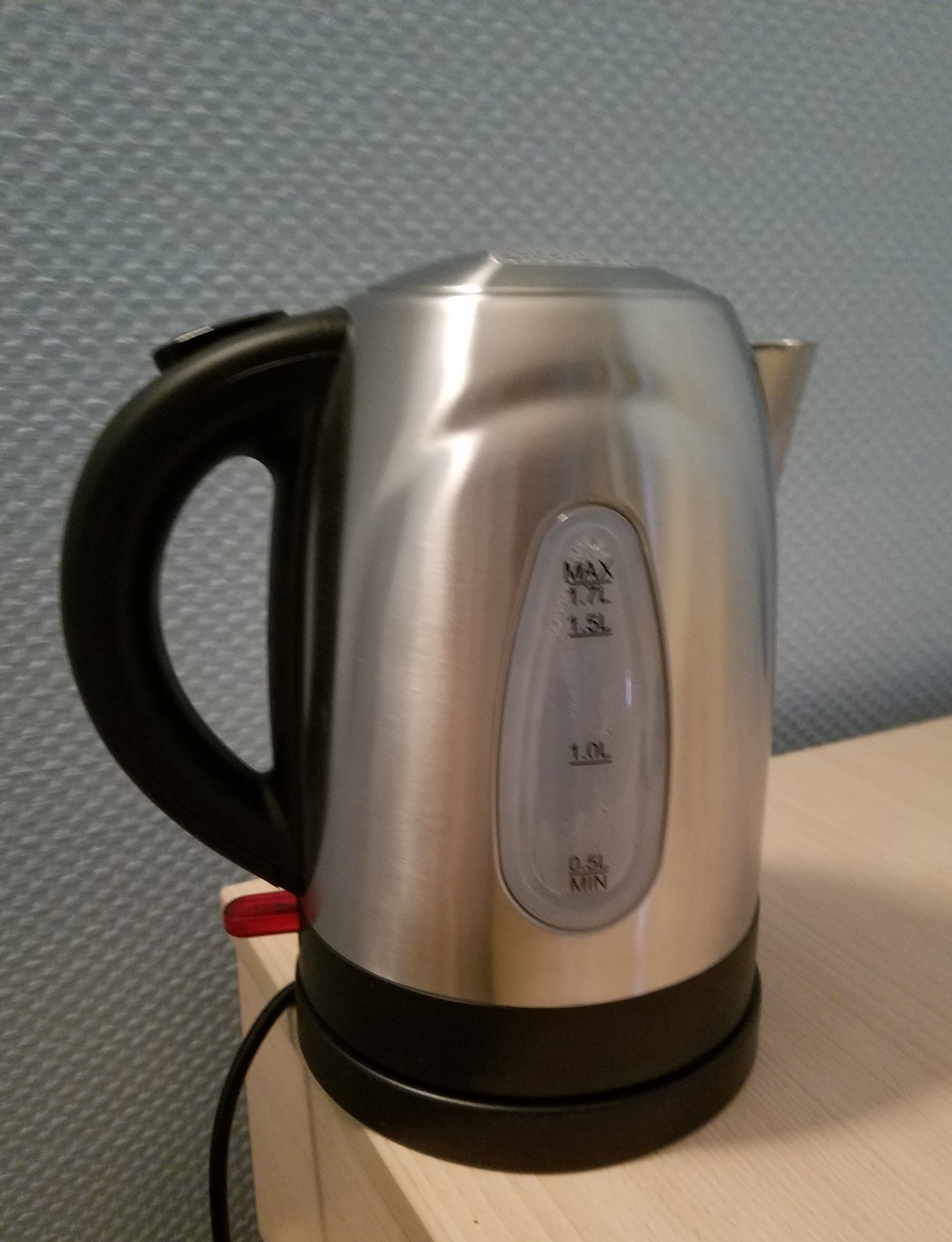Despite being the most popular study-abroad program for undergraduates from Tech’s Atlanta campus, GTL is also filled with international students. The booming graduate program draws in students from nearby French, German, Italian (and more!) universities – and some international undergraduates as well. This adds to the cultural immersion and legitimacy as a study abroad program, given that we are taught in English by Georgia Tech professors. The small population of students means ample mingling in after-school events such as the “Crêpes and Karaoke” night hosted by the Bureau des Etudiants (BDE).
The BDE is a student board that hosts a plethora of exciting events, but I can’t help  but be thrilled at this new level of entertainment. Music, food, and alliteration? Sounds like the ideal evening. Apparently, also the perfect time to schedule an exam. While the only alternative was a Thursday evening when I had already planned to be in another country, it was a particular tragedy that my exam fell exactly during the allotted time span of an event involving crêpes. Fortunately, my procrastination and BDE’s initiative meant that the student chefs’ crêpe technique was already being perfected to the beat of some sick tunes while I was studying for my exam the hour before. Considering the size of my class, I was evidently not the only disgruntled and starving pupil, and a new policy was enacted allowing anyone who was going to be taking the exam to have a crêpe early. I believe this boost of morale augmented the exam average by at least 5 percent.
but be thrilled at this new level of entertainment. Music, food, and alliteration? Sounds like the ideal evening. Apparently, also the perfect time to schedule an exam. While the only alternative was a Thursday evening when I had already planned to be in another country, it was a particular tragedy that my exam fell exactly during the allotted time span of an event involving crêpes. Fortunately, my procrastination and BDE’s initiative meant that the student chefs’ crêpe technique was already being perfected to the beat of some sick tunes while I was studying for my exam the hour before. Considering the size of my class, I was evidently not the only disgruntled and starving pupil, and a new policy was enacted allowing anyone who was going to be taking the exam to have a crêpe early. I believe this boost of morale augmented the exam average by at least 5 percent.
While perhaps unwise, my stomach advised that I devise a competition with myself to see how quickly I could finish the test in order to maximize crêpe-to-stomach flow rate as opposed to academic achievement. Luckily, student love for BDE events tends to cause them to run past their intended ending time, and I arrived with plenty of time to partake. While neither I nor my peers have perfected the crêpe technique exemplified by the French vendors, a healthy slathering of Nutella masks any inconsistency in texture and keeps flavor at a maximum. Unfortunately, it seems BDE needs to increase their dedicated Nutella budget, as I could eat two large containers myself.
Years of study under an orchestra conductor that did not understand that we were not in the chorus for a reason has allowed me to cultivate a relatively decent singing voice. It should never be heard solo, but is acceptable in the impromptu group numbers that musicals convinced young Aria were a fact of life. I never quite got up the guts to go up to perform in karaoke myself, but happily joined in when a favorite song of mine was being performed. The international American hold on music soon was overtaken by a French revival, leaving me with a new game of attempting to predict the melody and sing along regardless. I believe my attempt was admirable, but the main enjoyment was experiencing French songs other than those intended for children that my French teacher in high school favored.
In true GTL style, the night couldn’t be complete without a bit of ping pong. This time, a little less serious. I arrived in the middle of an interesting game involving about 10 people, that seemed to follow the general rules that players on opposing sides of the table would each hit the ball once before moving on to let the player behind them take the next one. This circular pattern followed, with each person dropping out of the game once they made a mistake, eventually resulting in a few players sprinting around the now much too large path in an attempt to make it to the other side in time. Creative, competitive, and a cultural mish-mash, the night epitomized GTL student camaraderie.




















